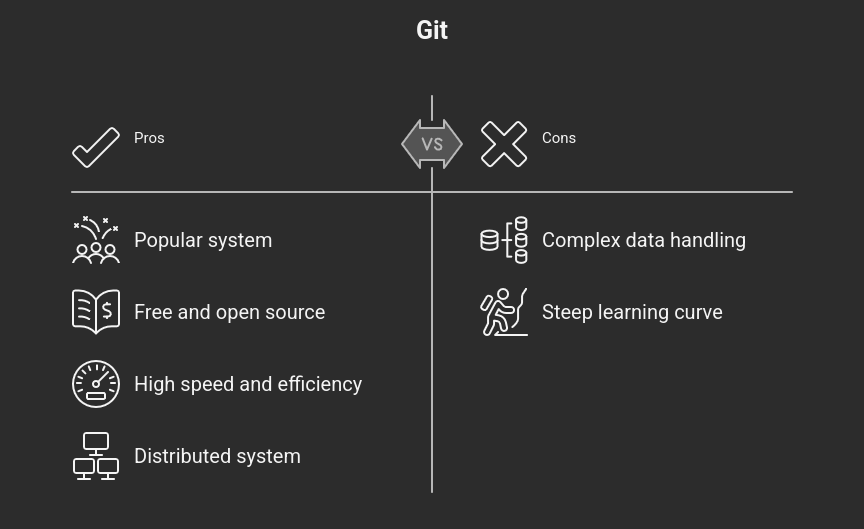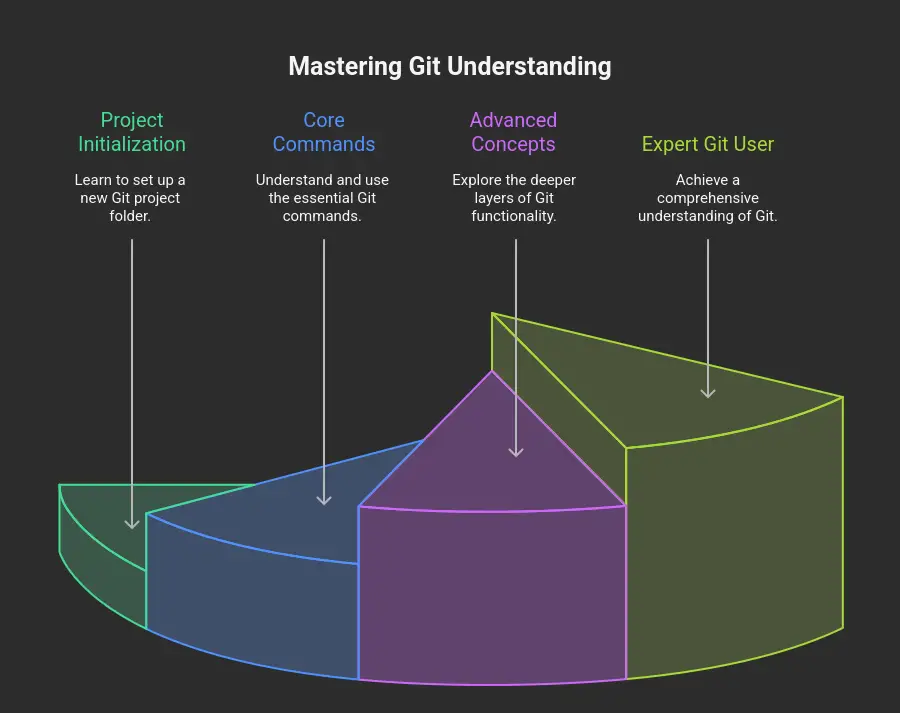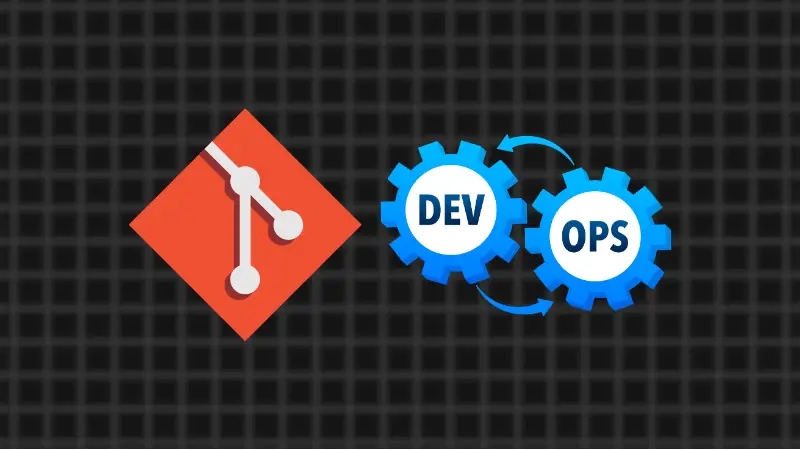Course content
- Chapter 1: Git as a Version Control System 15m
- Chapter 2: Git Architecture 20m
- Chapter 3: Installing and Configuring Git 10m
- Chapter 4: Staging Files and Creating First Commit 15m
- Chapter 5: Recreating Git’s Init Process 15m
- Chapter 6: Commits and Diff 20m
- Chapter 7: Press the Undo Button 20m
- Chapter 8: Branching 10m
- Chapter 9: Git Merge and Resolve Conflicts 10m
- Chapter 10: Explore Remote Repositories With GitHub 30m
As a system admin, a DevOps engineer, or even a developer, working with a version control system, or in short VCS, is not a choice. You need to master how to work with one of the available VCS tools in order to be able to collaborate and work on a team for a project.
A VCS is a way to record changes to single or multiple files over time and lets you control and retrieve a specific version later when you need it.
Suppose you are working on an application, and every week you have to make new changes and features. With a version control system, you always have a working version of your project, and every time something crashes or does not work, you have a tracking system that records all changes made to the application. You can compare changes over time, go back to a specific version of a single file or the entire application, and so on.
Right now, there are a lot of VCS and repository managers available to use, and one of the most popular ones is Git and GitHub (repository manager).
What is Git
Git is one of the most popular version control systems, created in 2005 by the creator of the Linux kernel, Linus Torvalds. Back then, he created it as a project for the Linux kernel, but it ended up being the most popular system out there.
Git is a distributed (you will know what this means later) version control system. It is free and open source, designed for small to large projects with high speed and efficiency.
Compared to other version control systems, Git is different in how it works and deals with data. Later in the series, you will get a deep understanding of how Git works and how it differs from other VCS tools.
Why Learn Git

Whatever position you want, whether a developer or a sysadmin, Git is one of the most important tools that you definitely need to master, and you will need it in any work you do.
If you want to become a successful DevOps engineer or sysadmin, then you need to master Git better than a developer does, as you may need to perform extra tasks in your daily job with Git and GitHub. So mastering Git is obligatory, not optional.
Git as a system is simple and efficient. You just need the right explanation and a deep look into the architecture to understand what each component does exactly.
What You Should Learn From This Series

This series will make you an expert in using Git, as it gives a deep understanding starting from how Git is built and all its components.
The problem that everyone faces when they want to learn Git is jumping straight into applying commands, which are simple to do, but like that, you don’t gain the right knowledge of how it all works.
Git has around 145 commands, but you'll end up using the most essential ones, which can be grouped into about 20 core commands. The real knowledge lies in understanding how Git works behind the scenes to gain a full understanding of the Git system.
A lot of the available resources out there only explain commands, not the underlying concepts. This series will teach you everything about Git, starting from the initialization of a project folder to the advanced layers of Git.

